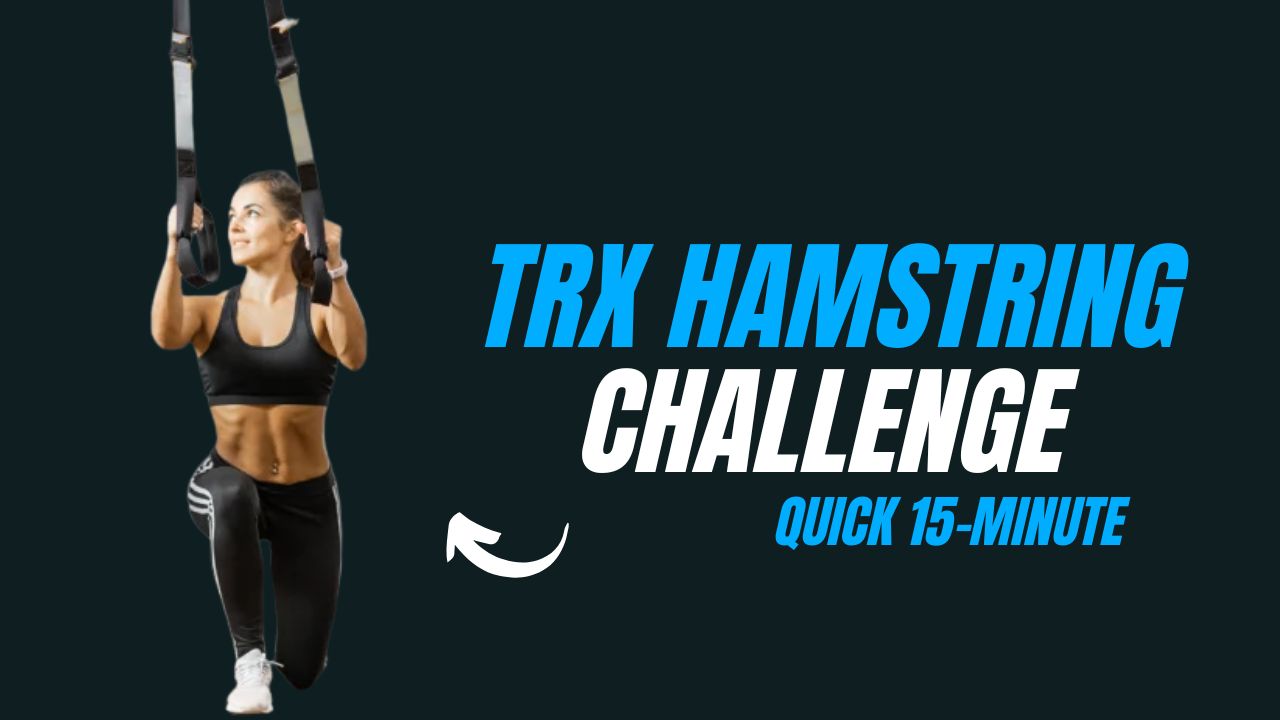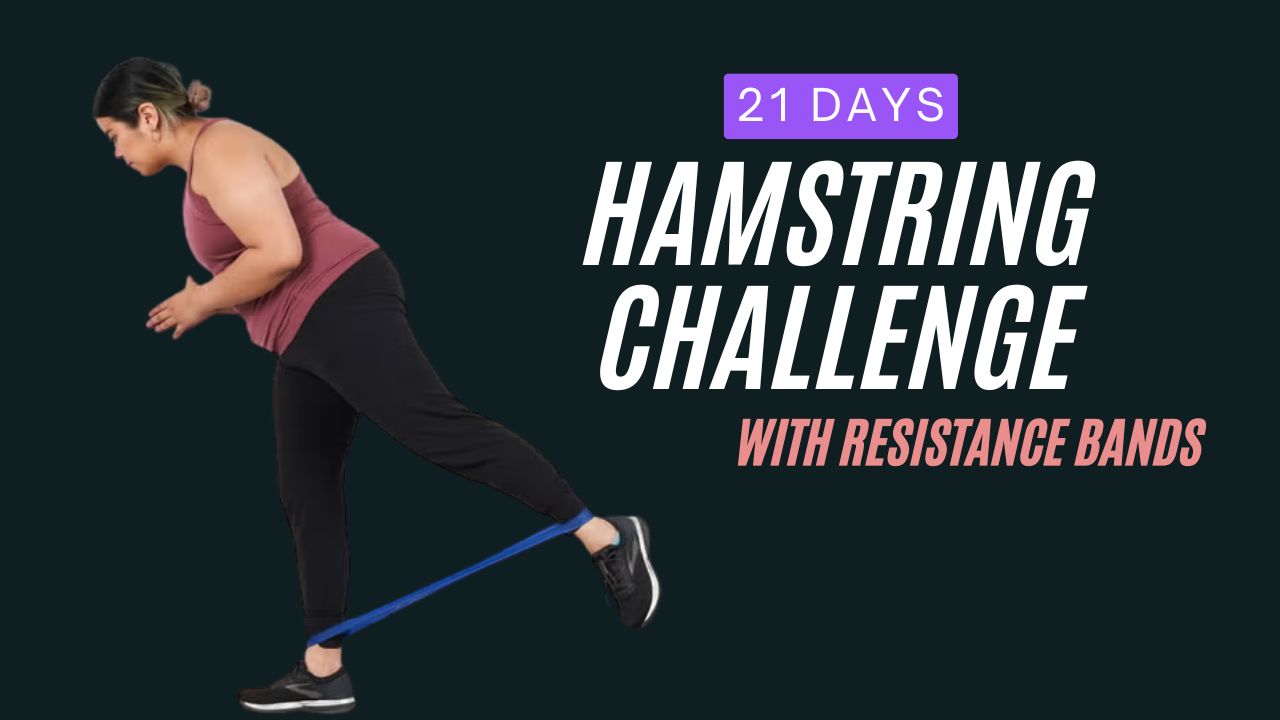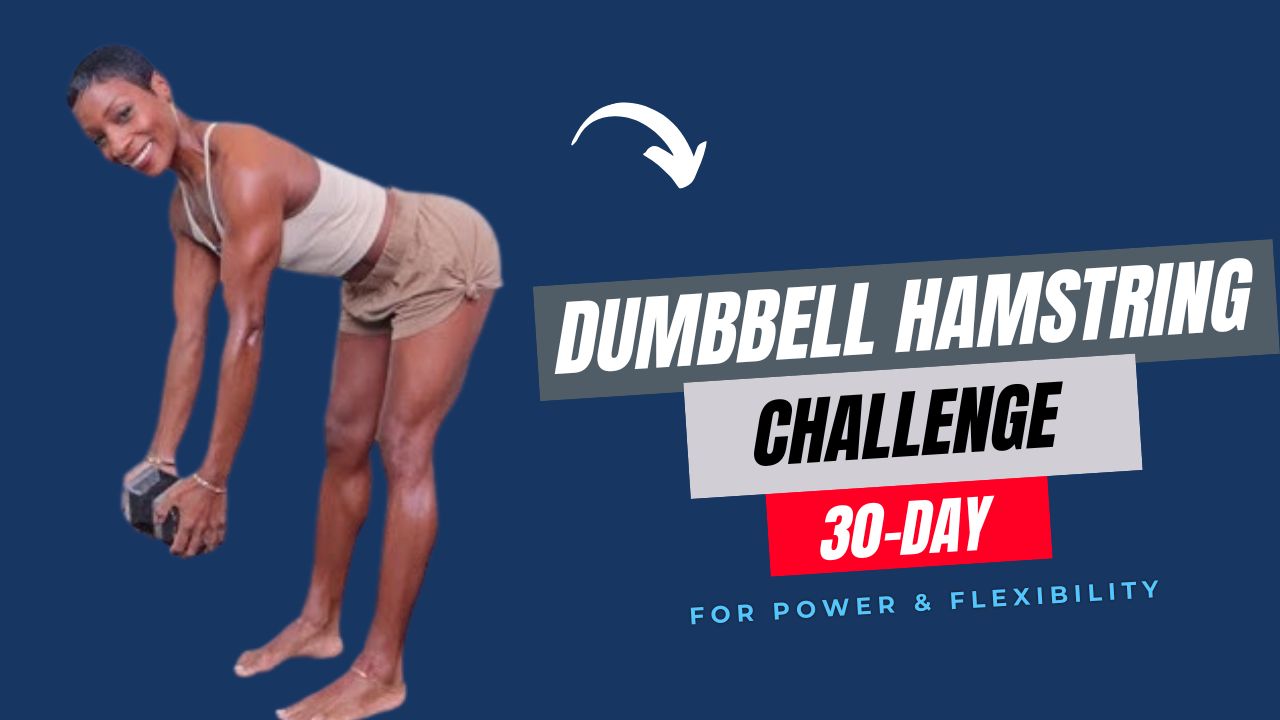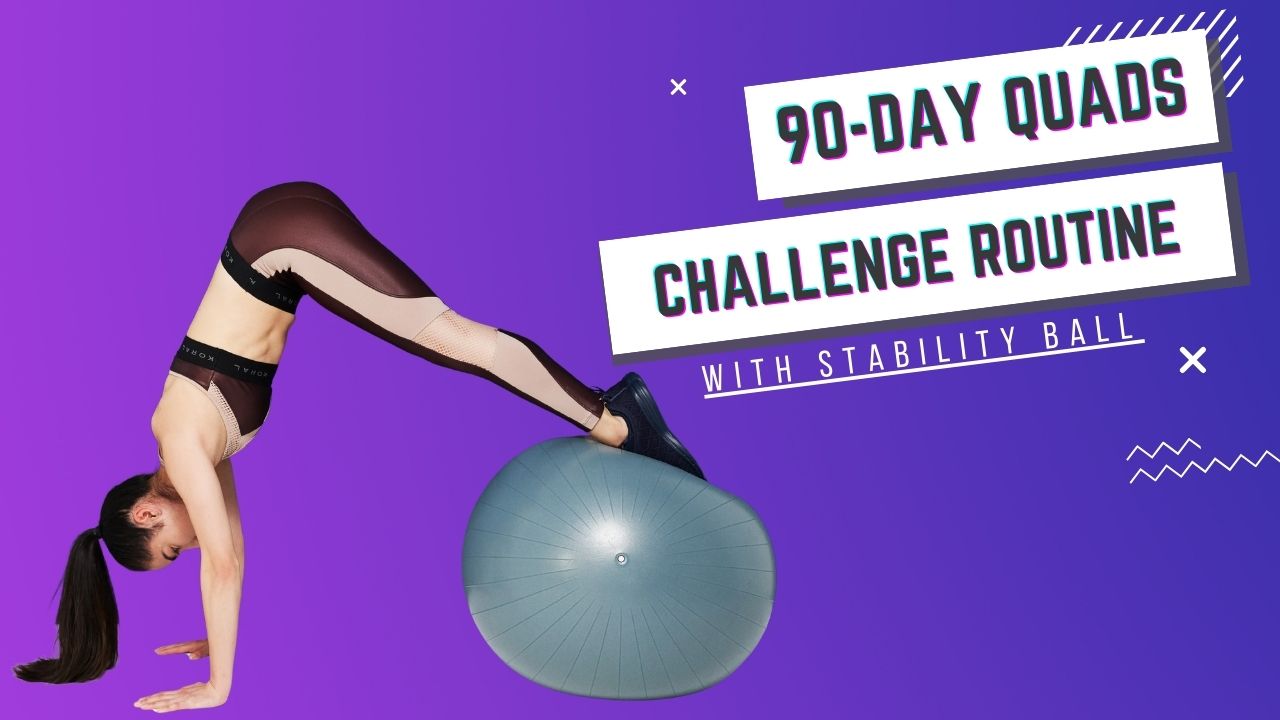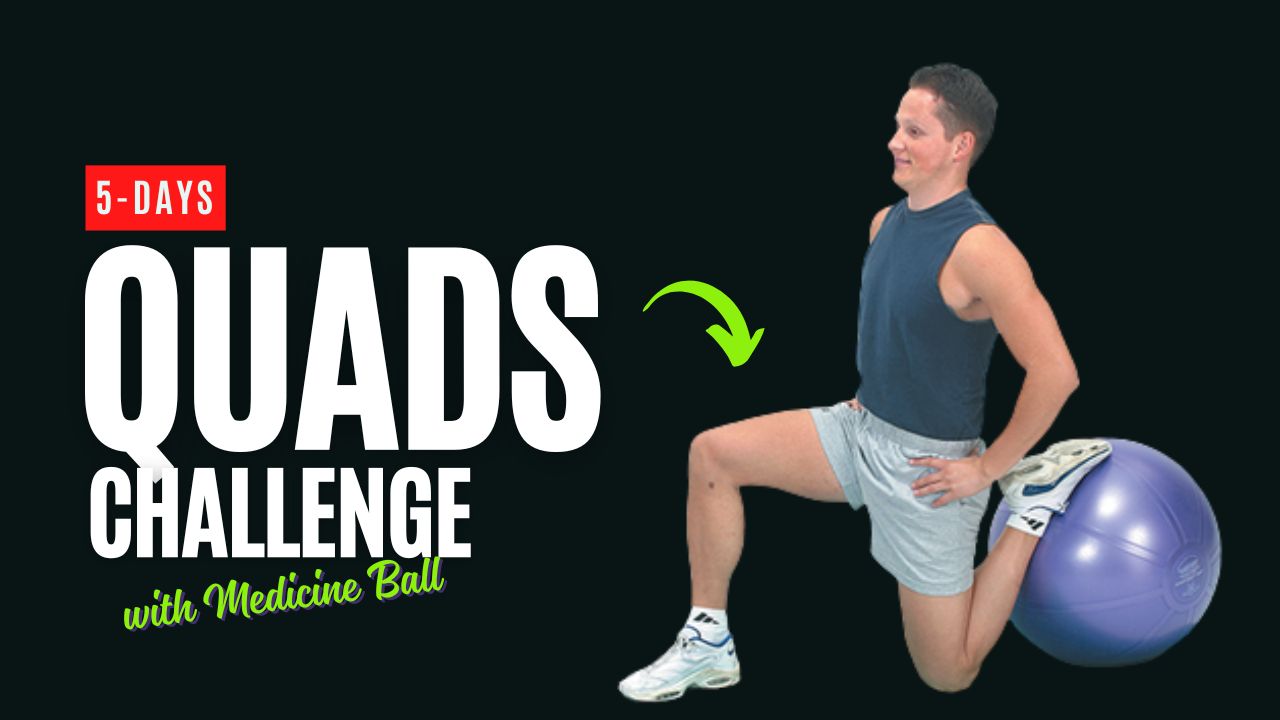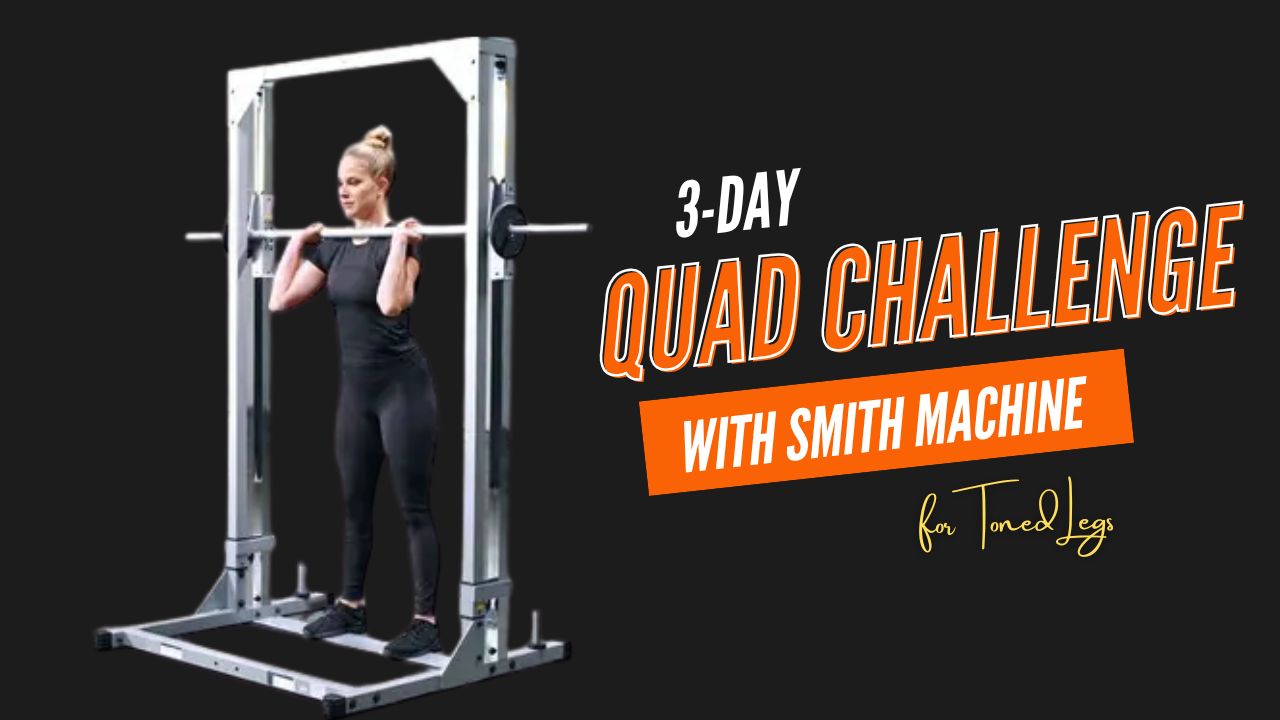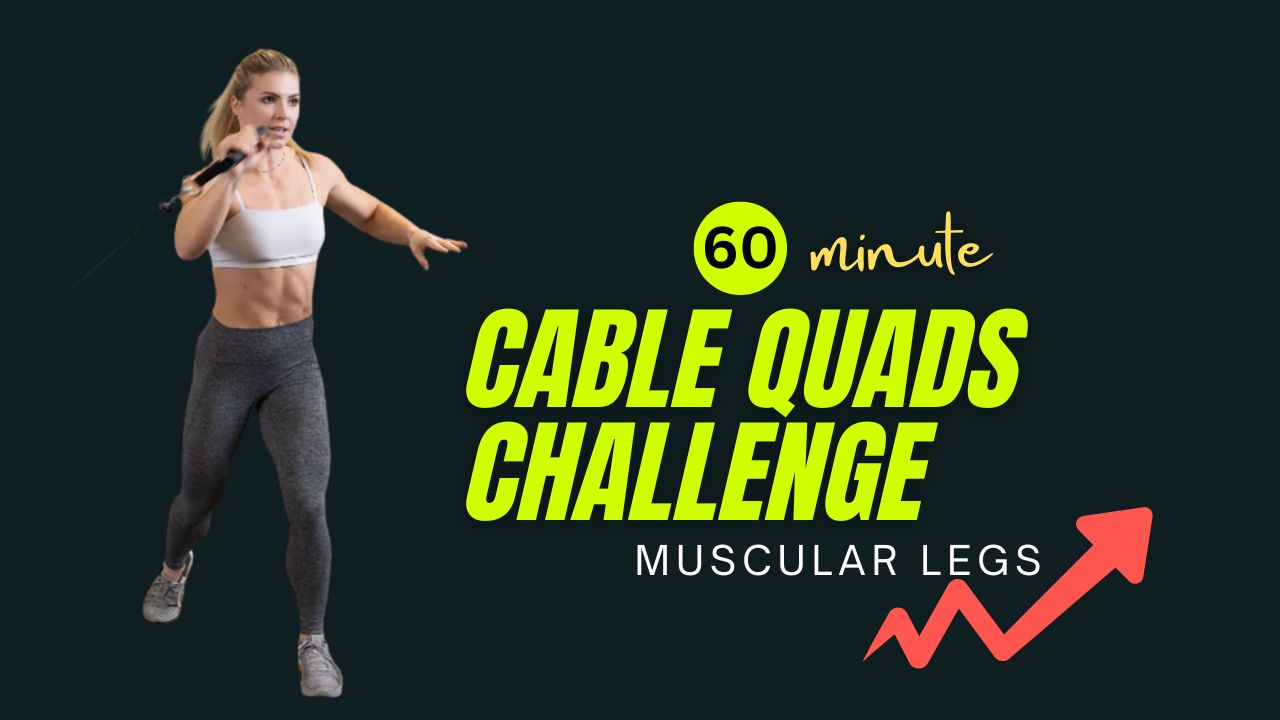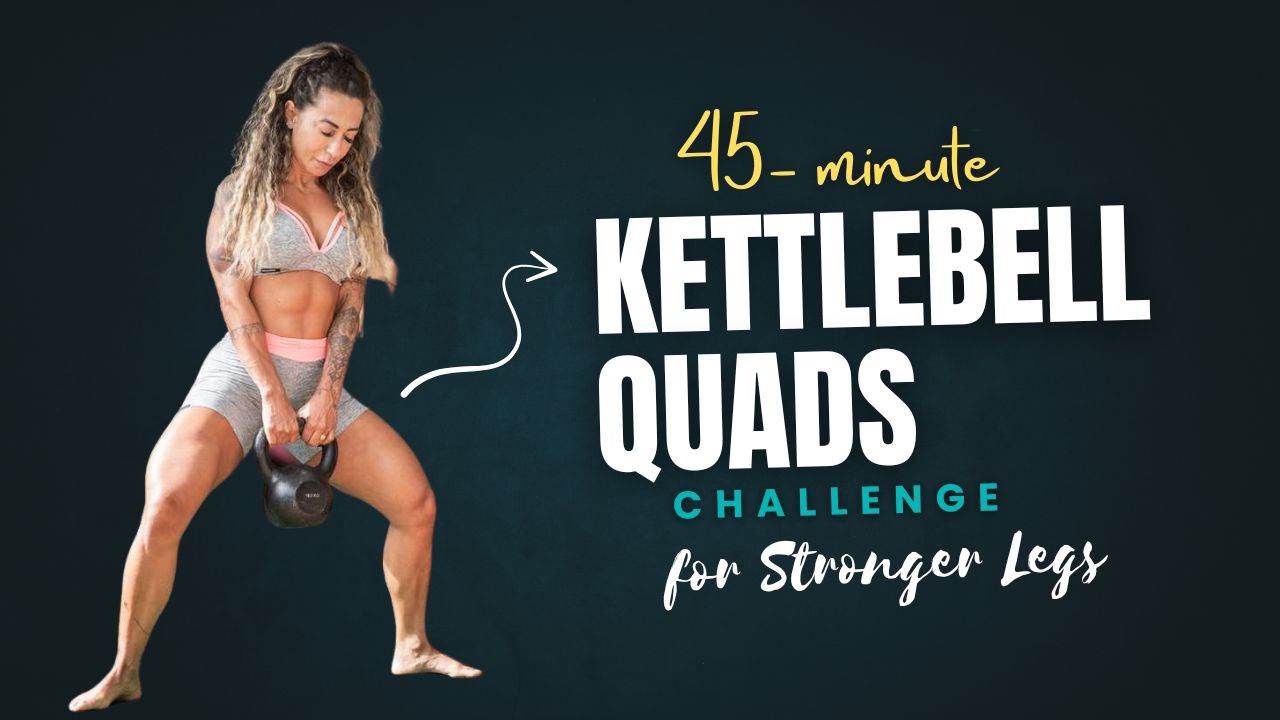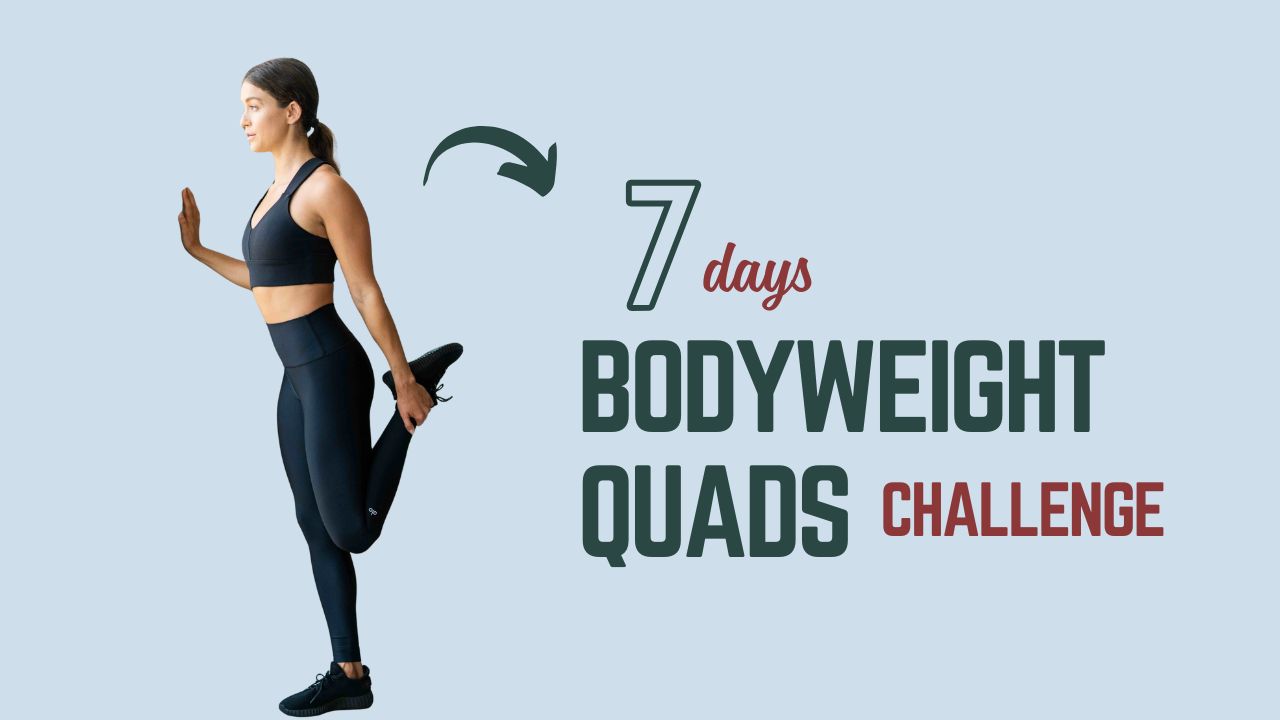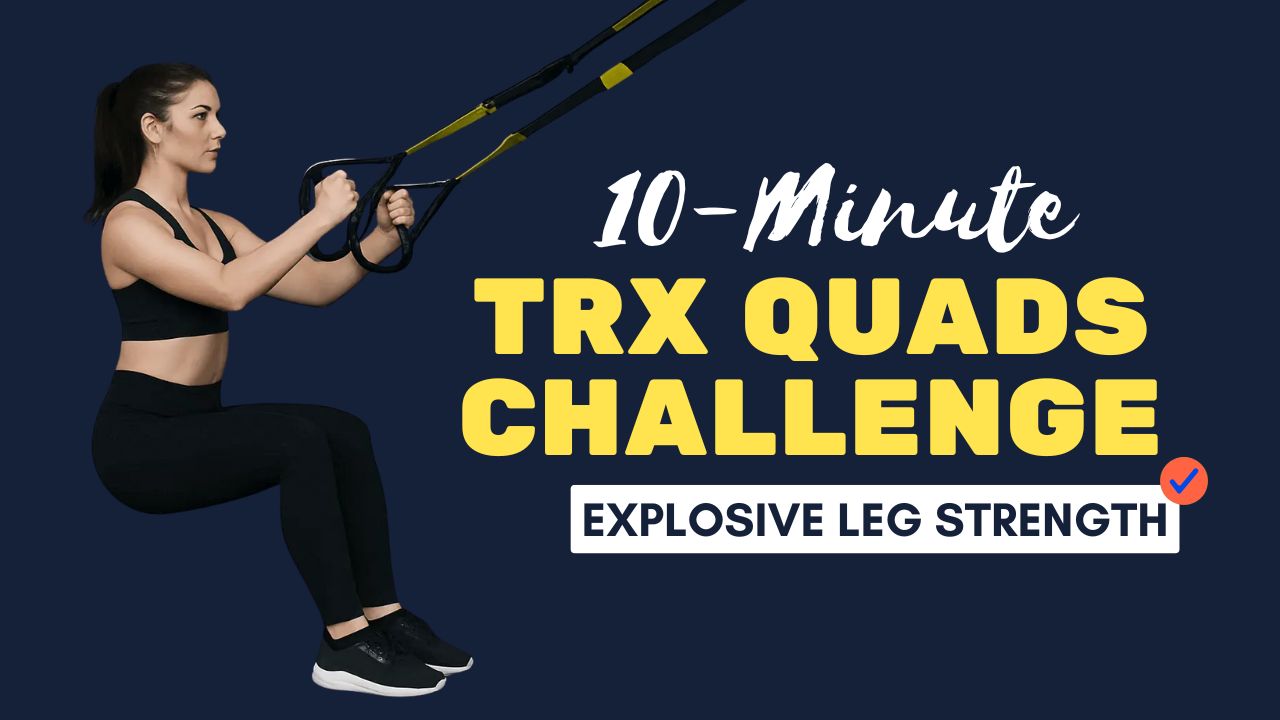Strong glutes aren’t just about looks—they’re the powerhouse of your body. Your glute muscles are responsible for stabilizing your hips, supporting your lower back, and giving you explosive power in everyday movements and athletic performance.
Yet, many people spend hours sitting at desks, leading to inactive and weakened glutes, often called “glute amnesia.”
Do you know that weak glutes can actually contribute to knee pain and lower back pain? Building a lifted and firm booty with targeted barbell exercises doesn’t just shape your physique—it enhances posture, balance, and overall athletic performance.
Today, you’ll learn a 45-minute barbell-focused workout designed to fire up your glutes from all angles, build strength, and create that sculpted, lifted look. We’ll also bust some myths along the way—because not everything you’ve heard about glute training is true.

Table of Contents
Myth Buster: Squats Alone Don’t Build the Perfect Booty
Many believe squats are the “king” of glute exercises. While squats are effective, relying only on them won’t maximize your booty gains.
The glutes consist of three muscles—the gluteus maximus, gluteus medius, and gluteus minimus—and each requires different movement patterns for full development.
That’s where barbells come in handy: they allow progressive overload and variation to hit your glutes from all angles.
What Can Happen After 30 Days of This Workout
| Positive Outcomes | What to Watch Out For |
|---|---|
| Noticeable increase in glute strength—you’ll feel more powerful during lifts and daily movements. | Muscle soreness may still occur, especially if weights are progressing quickly. |
| Improved glute activation—you’ll actually feel your glutes working more during exercises. | Risk of plateau if you don’t apply progressive overload (adding weight/reps). |
| Better posture and reduced lower back strain as glutes take on their stabilizing role. | Possible tightness in hamstrings or hips if stretching and mobility are ignored. |
| Enhanced muscle tone and shape—early signs of a more lifted and rounded booty. | Progress may be slower if diet lacks enough protein and calories for muscle repair. |
| Increased confidence in performing barbell movements with proper form. | Overtraining risk if you skip rest days or recovery strategies. |
Do’s and Don’ts for Barbell Glute Training
| Do’s | Don’ts |
|---|---|
| Focus on form first. Always master technique before adding heavy weights. | Don’t ego lift. Using too much weight with poor form increases injury risk and reduces glute activation. |
| Use progressive overload. Gradually increase weight or reps every 1–2 weeks. | Don’t stick to one exercise. Relying only on squats won’t fully develop your glutes. |
| Engage your core and squeeze glutes. This ensures proper activation and stability. | Don’t arch your lower back. Overarching can lead to lower back strain, especially in hip thrusts. |
| Warm up with glute activation drills. Banded walks or bodyweight bridges prep your muscles. | Don’t skip the warm-up. Cold muscles are more prone to injury and reduced performance. |
| Train glutes 2–3 times per week. Frequency with recovery yields better results. | Don’t train glutes every day. Muscles need rest to grow and recover. |
| Mix heavy lifting with higher-rep sets. This stimulates both strength and hypertrophy. | Don’t rush through reps. Fast, sloppy reps reduce time under tension and effectiveness. |
| Fuel your body with protein-rich foods. Nutrition supports muscle growth and repair. | Don’t neglect recovery. Sleep and rest are just as important as training. |
Barbell Glute Exercises for a Lifted Booty
Below are the best barbell exercises, complete with how to instructions and training tips for maximum glute activation.
1. Barbell Hip Thrust
Why it works:
The hip thrust is considered the most effective exercise for targeting the gluteus maximus. Unlike squats, which involve quads, hip thrusts isolate and fully contract your glutes at the top.
How to do it:
- Sit on the floor with your upper back resting against a bench. Roll a barbell over your hips (use a pad for comfort).
- Bend your knees, feet flat on the ground shoulder-width apart.
- Drive through your heels, pushing your hips upward until they align with your shoulders and knees.
- Pause at the top, squeeze your glutes, then lower slowly.
Pro tip: Keep your chin tucked slightly down to avoid overarching your back.
2. Barbell Romanian Deadlift (RDL)
Why it works:
This movement lengthens and strengthens your hamstrings while giving your glutes a powerful stretch, essential for building roundness.
How to do it:
- Stand tall holding a barbell in front of your thighs with an overhand grip.
- Keeping a soft bend in your knees, hinge at the hips while lowering the barbell close to your legs.
- Lower until your hamstrings feel stretched (around mid-shin level).
- Drive your hips forward to return to standing, squeezing your glutes at the top.
Pro tip: Think of pushing your hips back rather than bending at your waist.
3. Barbell Back Squat
Why it works:
The squat is a compound powerhouse that engages glutes, quads, and hamstrings. When performed with proper depth, it significantly targets the glutes.
How to do it:
- Rest the barbell across your upper traps (not your neck).
- Stand with feet slightly wider than shoulder-width, toes slightly turned out.
- Lower into a squat by pushing your hips back and bending your knees.
- Go as low as you can while keeping your chest up and back straight.
- Push through your heels to return to standing.
Pro tip: Aim for parallel or deeper squats to maximize glute engagement.
4. Barbell Curtsy Lunge
Why it works:
This underrated movement targets the gluteus medius and outer glutes, helping create that rounded “shelf” look.
How to do it:
- Rest the barbell across your upper back.
- Step your right leg behind and across your left, lowering into a curtsy lunge.
- Keep your front knee aligned with your ankle.
- Push through your front heel to return to standing.
- Repeat on the other side.
Pro tip: Start with lighter weights to master balance and form.
5. Barbell Step-Ups
Why it works:
Step-ups mimic everyday movements while challenging each glute individually, improving strength balance.
How to do it:
- Place a bench or sturdy box in front of you and rest a barbell on your upper back.
- Step onto the bench with one foot, driving through your heel to lift your body up.
- Bring the other foot up to meet it, then step back down.
- Alternate legs for each rep.
Pro tip: Keep the movement slow and controlled to prevent bouncing off the bench.
6. Barbell Sumo Deadlift
Why it works:
The wide stance of the sumo deadlift shifts emphasis to the glutes and inner thighs while still strengthening the posterior chain.
How to do it:
- Stand with feet wide, toes pointed out, barbell over the middle of your feet.
- Grip the bar inside your knees.
- Lower your hips, keeping chest lifted.
- Drive through your heels, standing tall as you lift the bar.
- Squeeze glutes hard at the top before lowering back down.
Pro tip: Focus on pushing the floor apart with your feet for stronger glute activation.
7. Barbell Glute Bridge (Floor Variation of Hip Thrust)
Why it works:
Similar to the hip thrust but performed on the floor, this exercise is great for beginners or those without a bench.
How to do it:
- Lie flat on your back with knees bent, barbell across your hips.
- Drive through your heels, lifting your hips upward.
- Pause at the top while squeezing glutes, then lower slowly.
Pro tip: Don’t let your rib cage flare—keep your core tight throughout.
Interesting Fact: Glutes are the Largest Muscle in Your Body
The gluteus maximus is the biggest and strongest muscle in the human body. This explains why training your glutes not only transforms aesthetics but also skyrockets overall strength and athletic performance.
45-Minute Barbell Booty Workout Challenge
Now that you know the key exercises, here’s how to structure them into a 45-minute booty-blasting workout.
Format:
- Warm-Up: 5 minutes dynamic stretches (leg swings, hip circles, bodyweight squats)
- Main Workout: 6 exercises performed in circuit or straight sets
- Rest: 60–90 seconds between sets
Workout Plan (Row Format)
- Barbell Hip Thrust – 4 sets of 12 reps
- Romanian Deadlift – 3 sets of 10–12 reps
- Back Squat – 4 sets of 8–10 reps
- Curtsy Lunge – 3 sets of 10 reps each leg
- Step-Ups – 3 sets of 12 reps each leg
- Sumo Deadlift – 3 sets of 8–10 reps
- Glute Bridge – 3 sets of 15 reps (finisher)
Workout Plan (Table Format)
| Exercise | Sets | Reps | Rest |
|---|---|---|---|
| Barbell Hip Thrust | 4 | 12 | 60 sec |
| Romanian Deadlift | 3 | 10–12 | 60–90 sec |
| Barbell Back Squat | 4 | 8–10 | 90 sec |
| Barbell Curtsy Lunge | 3 | 10 (each leg) | 60 sec |
| Barbell Step-Ups | 3 | 12 (each leg) | 60 sec |
| Barbell Sumo Deadlift | 3 | 8–10 | 90 sec |
| Barbell Glute Bridge | 3 | 15 | 45–60 sec |
How Often Should You Train Glutes?
For best results, train glutes 2–3 times per week, allowing at least one rest day between heavy barbell sessions. Pair this workout with proper nutrition (adequate protein and calories) to support muscle growth.
Conclusion: Take the Barbell Booty Burn Beyond 45 Minutes
Consistency is the real secret behind a lifted, stronger booty. By sticking with this 45-minute Barbell Booty Burn workout two to three times a week, you’ll start noticing improvements in strength, glute activation, and shape within a few weeks.
Remember, the key is not just going through the motions but focusing on form, controlled movement, and gradually increasing your barbell load over time.
Challenge Continuation Idea
Once you’ve completed this program for 4–6 weeks, don’t stop there. Turn it into a progressive challenge by:
- Adding 5–10% more weight to your barbell every two weeks.
- Extending certain sets into drop sets (reduce weight after failure and keep going).
- Switching one exercise every few weeks (for example, swapping Barbell Step-Ups with Bulgarian Split Squats) to keep your muscles guessing.
- Timing your hip thrust holds at the top for 3–5 seconds to maximize glute contraction.
Think of this workout as the foundation. Each cycle of progression will take you closer to your goals—whether that’s a more sculpted physique, improved strength, or simply feeling confident in your own skin. The challenge doesn’t end here; it evolves with you.
Frequently Asked Questions (FAQs)
How long does it take to see results from barbell glute workouts?
Most people begin noticing strength improvements and better glute activation within 3–4 weeks. Visible shape changes usually take 6–8 weeks of consistent training, paired with proper nutrition.
Can beginners do this 45-minute barbell booty workout?
Yes, beginners can absolutely do it. Start with lighter weights (or even just the barbell) to master form before increasing resistance. Focus on technique over heavy lifting in the early weeks.
Is 45 minutes enough to grow glutes?
Yes. A well-structured 45-minute workout targeting all glute muscles with progressive overload is more effective than hours of unfocused training. Quality beats quantity.
How many times a week should I train my glutes?
For best results, train glutes 2–3 times per week. Allow at least one rest day between intense barbell sessions to support muscle recovery and growth.
Do I need heavy weights to build a lifted booty?
Not at first. Beginners can see progress with moderate weights as long as they push close to muscle fatigue. Over time, gradually increasing barbell load (progressive overload) is key for continued growth.
Can I do this workout at home?
Yes, if you have a barbell, plates, and a stable bench or box. If you don’t, you can substitute some moves with dumbbells or resistance bands until you have access to barbell equipment.
Will barbell glute workouts make my legs bulky?
No. Proper glute training will primarily target the glutes while also engaging hamstrings and quads. Unless you’re following a high-calorie bulking plan, you’ll sculpt and strengthen rather than bulk.
What should I eat to support glute growth?
A protein-rich diet (chicken, fish, eggs, legumes, lean beef, or protein shakes) combined with complex carbs and healthy fats supports muscle repair and growth. Aim for about 1.6–2g of protein per kg of body weight.
I only feel glute exercises in my quads or hamstrings. What should I do?
This usually happens due to poor activation. Try glute activation drills like banded walks, glute bridges, or bodyweight hip thrusts before lifting. Focus on squeezing your glutes at the top of every rep.
Can I pair this with cardio?
Yes. Low-impact cardio like walking, cycling, or incline treadmill can complement your glute training. Avoid doing long intense cardio sessions right before lifting, as it may reduce performance.
